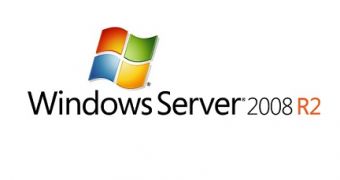Just as it backported technologies specific of Windows 7 to Windows Vista, Microsoft is also making available bits and pieces of Windows Server 2008 R2 (Windows 7 Server) for customers running Windows Server 2008. Released to web at the end of October 2009, the Platform Update for Windows Vista was accompanied by the Platform Update for Windows Server 2008. Microsoft is serving the Platform Updates for both Vista and Windows Server 2008 automatically through its Windows Update infrastructure, and customers that want to integrate technologies from Windows 7 and Windows server 2008 R2 into their predecessors, only need to open the download pipes and make sure that automatic updates are turned on.
“Following the tremendously successful launch of Windows Server 2008 R2, a lot of software developers are eager to begin writing applications and drivers that take advantage of some of its new technologies,” noted Justin Graham, senior product manager, Windows Server. “To help developers transitioning to Windows Server 2008 R2, Microsoft is proud to announce the release to Web (RTW) of the Platform Update for Windows Server 2008. This set of runtime libraries makes it easy for developers to target Windows Server 2008 R2 without sacrificing their customer base running Windows Server 2008.”
In fact, this is all that the Platform Update for Windows Server 2008 brings to the table, collections of runtime libraries, designed to bring the release on par with the R2 version, at least in some aspects. Customers must have already deployed the second service pack for Windows Server 2008 in order to be able to integrate the Platform update. The same is the case for Vista’s Platform Update, which also requires SP2.
Graham revealed that the “updates include the following:
• The Windows Graphics, Imaging, and XPS Library components for developers to leverage the latest advancements in modern graphics technologies for gaming, multimedia, imaging and printing applications. It includes updates to DirectX to support hardware acceleration for 2D, 3D and text based scenarios; DirectCompute for hardware accelerated parallel computing scenarios; and XPS Library for document printing scenarios.
• The latest Windows Automation API, which allows accessibility tools and test automations to access Windows user interface in a consistent way across operating system versions.
• The Windows Ribbon and Animation Manager Library, which contains the Windows Ribbon API, a command framework that enables developers to quickly and easily create rich ribbon experiences in their applications, and the Windows Animation Manager API, an animation framework for managing the scheduling and execution of user interface element animations.”

 14 DAY TRIAL //
14 DAY TRIAL //